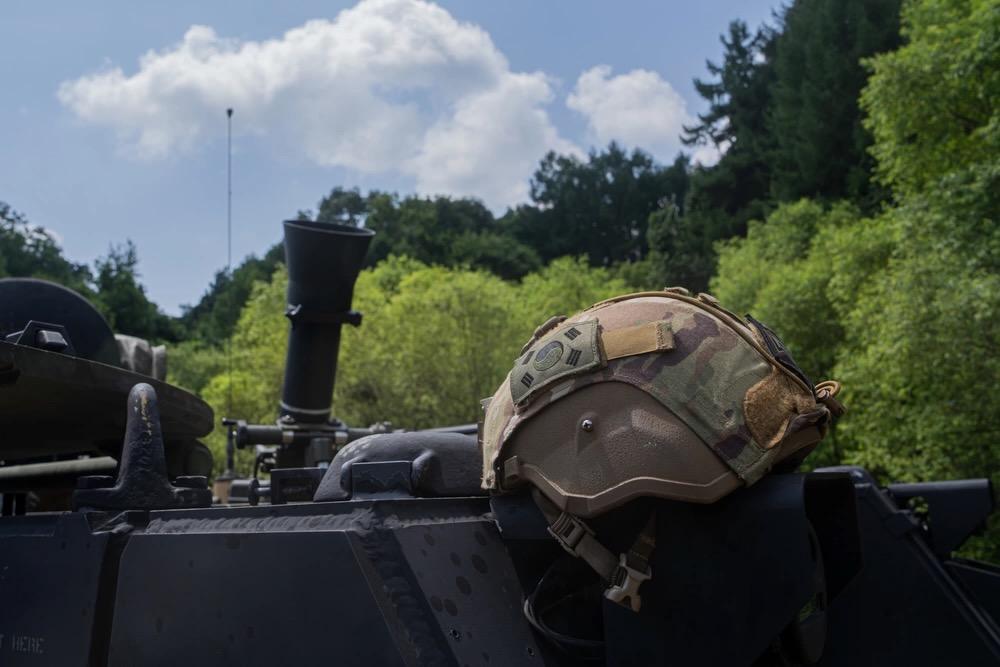Cybersecurity Is at the Heart of the Army’s Network Plan
The U.S. Army released its Unified Network Plan 2.0 on March 4, setting a course to support multidomain operations further with a resilient, zero-trust-backed unified network.
The plan maps out the vision for a common operating environment, common services infrastructure and common transport layer with unified network operations and a centralized delivery of services model—accompanied by a “robust set of cyber defense capabilities,” according to the plan. At the heart of the plan is a data-centric approach protected by zero-trust measures.
Back in 2017 when the then-Maj. Gen. James Mingus—who is now Gen. Mingus and the vice chief of staff of the Army, who signed off on the new Unified Network Plan—had a vision for design of the future network, he warned that the network of the past would not survive against a near-peer or peer competitor.
The network of today needs to not only be survivable but support the Army troops that rapidly deploy to potentially great distances around the globe. And amidst the service’s revamped force design, a unified network must combine tactical, strategic and enterprise networks.
It also has to have global consideration as it is delivered to theaters, as well as embrace the central services delivery model that the Army is rapidly implementing, according to Lt. Gen. John Morrison, the former deputy chief of staff, G-6, who retired in December, and who, with Mingus, had the vision for the network in 2017.
“Imagine this layered unified network under the overwatch of our cyber team secured so that it works,” Morrison said in August at TechNet Augusta. “And then to top it off, imagine a call for fire being processed from a forward observer based off of intel they received through that layered unified network and a shot being fired within three minutes, a live round being fired within three minutes—actually rounds. Imagine that world.”
With the Army Unified Network Plan 2.0, the service aims to achieve that vision.
By 2026, the service plans to finish Phase II, which includes the construction of the Army’s portion of the U.S. Department of Defense (DoD) Information Network, “with supporting force structure to enable defense and operation of the unified network in a contested and congested environment,” the plan indicated.
In addition, the service aims to modernize and implement its hybrid compute capability, which includes integration with Army cloud and supports its tactical formations that face denied, disrupted, intermittent and limited environments.
The service also plans to establish a persistent mission partner environment (MPE)—something they have been aiming at for years—“with an associated funding strategy that spells out the hardware, software, infrastructure, sustainment and personnel to support MPE from the tactical edge back to the enterprise.” This includes efforts to employ MPE at combat training centers and mission training complexes with joint and DoD efforts.
“The phase will end with an established unified network that is based on zero-trust principles,” the plan noted.
Phase II of the effort is scheduled to begin in 2027 and includes a continuous modernization cycle and constant transformation of the unified network. The Army is viewing a holistic approach to modernizing the network over time to leverage emerging technologies while divesting of legacy capabilities. This phase also includes the final integration of its zero-trust architecture and the continued integration of joint and coalition force and mission partner platforms.
The emerging technologies that the Army is interested in for its unified network include: quantum resistant encryption and associated technologies, advanced cyber security and resiliency capabilities, robotics and autonomous operations, and further integration of mission-focused artificial intelligence and machine learning models and capabilities.
“Given the rapid change of information technology in the cyber domain, there is no end to this phase,” the plan emphasized. “Modernization remains enduring. It is a continuous process, and there is no set and state for the unified network.”
The future unified network would also include dynamic and diverse transport, robust computing and edge sensors.
“The world is changing rapidly, and we must ensure the Army is prepared to operate in new, complex and contested environments,” said Dan Driscoll, the new secretary of the Army, on February 25 during his swearing-in ceremony. “From advancing our capabilities in multidomain operations to cutting-edge technologies, my sacred duty to our Army is to ensure our soldiers have the world’s finest training, equipment and leadership to accomplish any mission and to be as lethal a force as it can be.”
Industry will have the opportunity to understand the network-related technical needs at the Army’s next technical exchange meeting (TEM). The event is hosted by the service’s Program Executive Office for Command, Control, Communications and Network (PEO C3N)—who is responsible for delivering the unified network—and the Command and Control Cross-Functional Team.
“TEM 14 will build upon previous TEMs with technical discussion, operational feedback and strategic government/industry sessions,” a PEO C3N document about the event stated. “To support these goals, TEM 14 will provide sessions centered around the theme of ‘delivering warfighters the tools for decision dominance.’”
This includes network-related topics such as: next-generation command and control, multinational efforts, standards, data architecture and radio strategy. Industry can attend strategic government and industry talks and possible one-on-one sessions. TEM 14 will be held May 29-30, 2025, at the Gaylord Texan Resort & Convention Center, in Grapevine, Texas, near the Dallas-Fort Worth Airport.






Comments